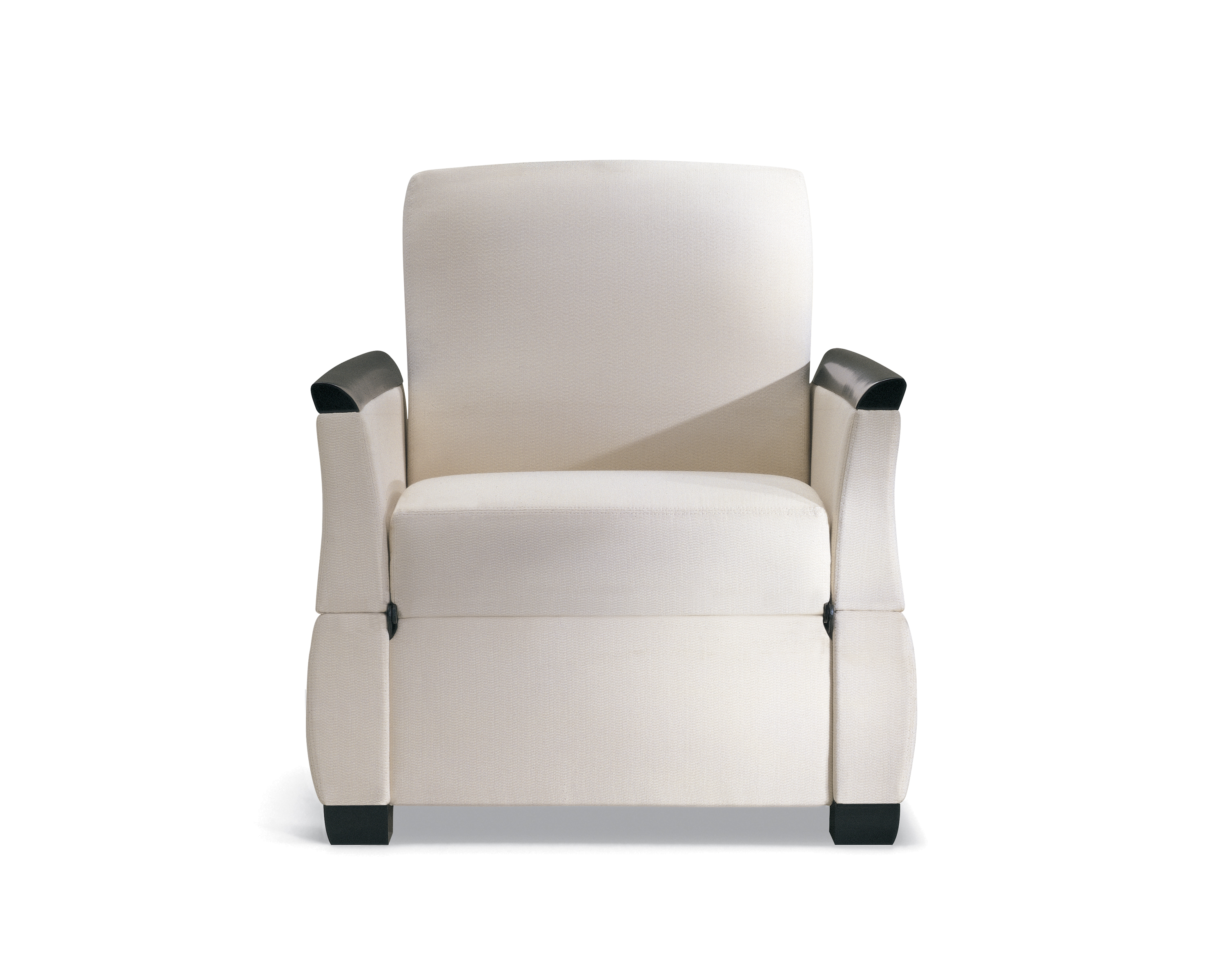Including friends and family in the healing process

Not so long ago, the friends and family of hospital patients had to abide by strict visiting hours. Today, many healthcare organisations are taking a different approach, welcoming guests to stay as a key part of the patient care team. This about-face is being driven by mounting evidence that shows the support of guests can help healthcare organisations meet their goals. From improving patient outcomes to reducing costs, the most valuable thing a healthcare organisation can add to a patient room may be a “welcome mat” for family and friends.
For starters, having a familiar face and hand to hold night and day is simply what many patients want. Susan Frampton, president of the nonprofit patient-centred organisation Planetree, says: “Across regions, cultures, generations and other demographics, certain hallmark patient-centred practices consistently surface as the way patients want their healthcare delivered. They don’t want to be needlessly (and somewhat arbitrarily) separated from their loved ones. They want their loved ones to be supported to take on aspects of their care and care management.”(1) Numerous studies demonstrate the value of family to patients’ engagement in medical decision-making,(2) treatment adherence,(3) quality of healthcare processes(4),(5), physical and mental health,(6) and mortality.(7)
Evidence shows that welcoming families into the patient room is good for patients, family members, caregivers and healthcare organisations;
- Having a support person in the room appears to improve patient safety — reducing overall costs.
- The patient’s guests can improve communication and understanding between the patient and caregivers.
- Family support during treatment is linked to higher patient satisfaction scores.
- Creating family zones in patient rooms encourages guests to be part of the healing process.
What exactly does a “welcoming space” look like, and how can an organisation make use of evidence-based design to create a space that encourages families to stay nearby?
One study suggests that a designated family area with recliners, sofa beds and sofa bed drawers may increase the perception that family members are welcome and encouraged to remain close to their loved one and to stay longer.
The importance of families in the healing process is becoming more widely recognised around the world, with research showing their presence can be an effective tool for improving patient outcomes, communication, and satisfaction, and reducing costs. As more organisations open the door to family involvement, expect a continuing evolution of solutions that make them feel welcome in the patient room and encourage them to stay.
Sleepover 1.2.3 Chair

Designed for healthcare environments where space is limited, the SleepOver 1•2•3 quickly transforms from a traditional looking chair to a single sleep surface — with no mechanisms needed. A durable wood frame and spring seat construction keep guests comfortable whether sitting or lying down. The sleeping surface hides neatly within the chair when not in use.

For further information contact: info_au@hermanmiller.com or visit hermanmiller.com.au.
References:
1. Frampton, S. Don’t let lack of evidence delay patient-centered changes. Modern Healthcare. January 6, 2014.
2. Clayman, M.; Roter, D.; Wissow, L.; Bandeen-Roche, K. Autonomy-related behaviors of patient companions and their effect on decision-making activity in geriatric primary care visits. Soc Sci Med. 2005; 60(7): 1583-1591. [PubMed: 15652689].
3. DiMatteo, M. Social support and patient adherence to medical treatment: a meta-analysis. Health Psychol. 2004; 23(2): 207-218). [PubMed 15008666].
4. Glynn, S.; Cohen, A.; Dixon, L.; Niv, N. The potential impact of the recovery movement on family interventions for schizophrenia: opportunities and obstacles. Schizophr Bull. 2006; 32(3): 4511-463. [PubMed 16525087]
5. Vickrey, B.; Mittman, B.; Connor, K.; Pearson, M.; Della Penna, R.; Ganiats, T.et al. The effect of a disease management intervention on quality and outcomes of dementia care: a randomized, controlled trial. Ann Intern Med. 2006; 145(10): 713-726. [PubMed 1711916].
6. Seeman, T. Health promoting effects of friends and family on health outcomes in older adults. Am J Health Promot. 2000; 14(6):362-370. [PubMed: 11067571]
7. Christakis, N.; Allison, P. Mortality after the hospitalization of a spouse. N. Engl J Med. 2006; 354(7): 719-730. [PubMed: 16481639]
Improving Patient Comfort, Care and Connection
Improving the patient's experience means addressing the integration of technology at the...
Why is the Burlodge Logico a game changer?
Having a food delivery trolley with two independent chambers, four doors will mark a...
Improving Single Source Procurement in Healthcare
Whether you operate in the realms of theatres, wards, ICT, the biomedical department, or...









